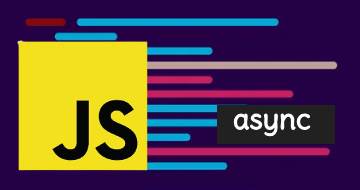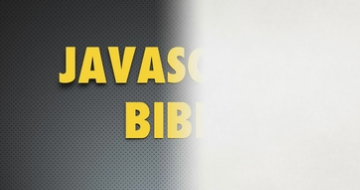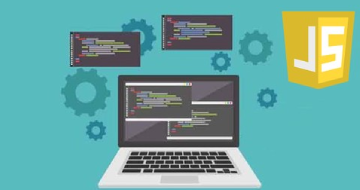IIRF Online > Development > Web Development > JavaScript > JavaScript Data Structures & Algorithms + LEETCODE Exercises
JavaScript Data Structures & Algorithms + LEETCODE Exercises by Udemy
DSA for Cracking the Coding Interview. Animated Examples for Faster Learning and Deeper Understanding.
Course Highlights
- <> 87 Coding Exercises
- Learn DSA Faster with Animated Examples
- Mastery of Data Structures and Algorithms
- Confidently Answer Technical Interview Questions
- Time and Space Complexity of Data Structures and Algorithms
- Strengthen Your Skills as a Developer
Skills you will learn!
Overview
Who Will Benefit from the Course?
- JavaScript Developers: Go deeper with data structures and algorithms to improve your JavaScript skills.
- Computer Science Students: Combine your academic education with practical coding practices.
- Job Seekers & Interviewees: For DSA interview questions typically asked in coding interviews, prepare for technical interviews.
- Self-Learners: People who focus on improving their coding skills and problem-solving capabilities.
More about the Course
- The arrays, linked lists, stacks and queues.
- Trees and Graphs.
- Hash Tables and Heaps.
- Searching and Sorting Algorithms.
- Dynamic Programming and Greedy Algorithms.
- Divide and Conquer.
- Apply theoretical frameworks to solve a variety of LEETCODE problems.
- Discover approaches to dealing with typical programming issues.
- Creating effective problem-solving techniques to ensure time and space complexity minimisation.
- Visualize complicated concepts using animated examples for better comprehension.
- Interactive visualisations provide insights into algorithmic principles.
- Encourage a more intuitive understanding of concepts in abstract DSA.
- Practice technical interviews centring on JavaScript-driven DSA.
- Know popular interview questions and recommended solution approaches.
- Practical approach to developing problem-solving skills.
Who Should Do This Course?
- Developers of JavaScript: Ideal for JavaScript developers interested in learning data structures and algorithms to improve their code.
- Computer Science Students: Ideal for computer science students, supplementing academic courses and preparing for real-world applications.
- Job Seekers: Effective for technical interview preparation in the competitive tech job market, concentrating on popular questions and problem-solving.
- Self-Learners: For self-paced learners, LEETCODE activities provide an organised approach to data structures and algorithms.
- Coding Interview Candidates: The course covers JavaScript-based DSA and popular interview questions, making it essential for coding interview preparation.
- Career builders: Suitable for professionals seeking career advancement by increasing their data structures and algorithms foundation, essential for coding employment.
Curriculum
3 Topics
Introduction
Overview (Please Watch)
Code Editor
12 Topics
Big O: Intro
Big O: Worst Case
Big O: O(n)
Big O: Drop Constants
Big O: O(n^2)
Big O: Drop Non-Dominants
Big O: O(1)
Big O: O(log n)
Big O: Different Terms for Input
Big O: Arrays
Big O: Wrap Up
Big O
2 Topics
Classes
Pointers
16 Topics
Linked List: Intro
LL: Big O
LL: Under the Hood
LL: Constructor
Coding Exercises (Important)
LL: Push
LL: Pop - Intro
LL: Pop - Code
LL: Unshift
LL: Shift
LL: Get
LL: Set
LL: Insert
LL: Remove
LL: Reverse
Linked List Big O
10 Topics
LL: Constructor
LL: Push
LL: Pop
LL: Unshift
LL: Shift
LL: Get
LL: Set
LL: Insert
LL: Remove
LL: Reverse
7 Topics
LL: Find Middle Node ( ** Interview Question)
LL: Has Loop ( ** Interview Question)
LL: Find Kth Node From End ( ** Interview Question)
LL: Partition List ( ** Interview Question)
LL: Remove Duplicates ( ** Interview Question)
LL: Binary to Decimal ( ** Interview Question)
LL: Reverse Between ( ** Interview Question)
9 Topics
DLL: Constructor
DLL: Push
DLL: Pop
DLL: Unshift
DLL: Shift
DLL: Get
DLL: Set
DLL: Insert
DLL: Remove
9 Topics
DLL: Constructor
DLL: Push
DLL: Pop
DLL: Unshift
DLL: Shift
DLL: Get
DLL: Set
DLL: Insert
DLL: Remove
4 Topics
DLL: Swap First and Last ( ** Interview Question)
DLL: Reverse ( ** Interview Question)
DLL: Palindrome Checker ( ** Interview Question)
DLL: Swap Nodes in Pairs ( ** Interview Question)
9 Topics
Stack: Intro
Stack: Constructor
Stack: Push
Stack: Pop
Queue: Intro
Queue: Constructor
Queue: Enqueue
Queue: Dequeue
Stacks & Queues Big O
6 Topics
Stack: Constructor
Stack: Push
Stack: Pop
Queue: Constructor
Queue: Enqueue
Queue: Dequeue
7 Topics
Stack: Push for a Stack That Uses an Array ( ** Interview Question)
Stack: Pop for a Stack That Uses an Array ( ** Interview Question)
Stack: Reverse String ( ** Interview Question)
Stack: Parentheses Balanced ( ** Interview Question)
Stack: Sort Stack ( ** Interview Question)
Queue Using Stacks: Enqueue ( ** Interview Question)
Queue Using Stacks: Dequeue ( ** Interview Question)
9 Topics
Trees: Intro & Terminology
Binary Search Trees: Example
BST: Big O
BST: Constructor
BST: Insert - Intro
BST: Insert - Code
BST: Contains
BST: Minimum Value
BST Big O
4 Topics
BST: Constructor
BST: Insert
BST: Contains
BST: Minimum Value
9 Topics
Hash Table: Intro
HT: Collisions
HT: Constructor
HT: Set
HT: Get
HT: Keys
HT: Big O
HT: Interview Question
Hash Table Big O
4 Topics
HT: Constructor
HT: Set
HT: Get
HT: Keys
11 Topics
HT: Item In Common
HT: Find Duplicates ( ** Interview Question)
HT: First Non-Repeating Character ( ** Interview Question)
HT: Group Anagrams ( ** Interview Question)
HT: Two Sum ( ** Interview Question)
HT: Subarray Sum ( ** Interview Question)
Introduction to Sets
Set: Remove Duplicates
Set: Has Unique Chars ( ** Interview Question)
Set: Find Pairs ( ** Interview Question)
Set: Longest Consecutive Sequence ( ** Interview Question)
9 Topics
Graph: Intro
Graph: Adjacency Matrix
Graph: Adjacency List
Graph: Big O
Graph: Add Vertex
Graph: Add Edge
Graph: Remove Edge
Graph: Remove Vertex
Graphs
4 Topics
Graph: Add Vertex
Graph: Add Edge
Graph: Remove Edge
Graph: Remove Vertex
3 Topics
Recursion: Intro
Call Stack
Factorial
9 Topics
Tree Traversal: Intro
BFS (Breadth First Search): Intro
BFS: Code
DFS (Depth First Search): PreOrder - Intro
DFS: PreOrder - Code
DFS: PostOrder - Intro
DFS: PostOrder - Code
DFS: InOrder - Intro
DFS: InOrder - Code
4 Topics
BST: Breadth First Search (BFS)
BST: DFS PreOrder
BST: DFS PostOrder
BST: DFS InOrder
8 Topics
Bubble Sort: Intro
Bubble Sort: Code
Selection Sort: Intro
Selection Sort: Code
Insertion Sort: Intro
Insertion Sort: Code
Insertion Sort: Big O
Basic Sorts
3 Topics
Bubble Sort
Selection Sort
Insertion Sort
3 Topics
Bubble Sort of LL ( ** Interview Question)
Selection Sort of LL ( ** Interview Question)
Insertion Sort of LL ( ** Interview Question)
6 Topics
Merge Sort: Overview
Merge: Intro
Merge: Code
Merge Sort: Intro
Merge Sort: Code
Merge Sort: Big O
2 Topics
Merge
Merge Sort
1 Topic
LL: Merge Two Sorted Lists ( ** Interview Question)
5 Topics
Quick Sort: Intro
Pivot: Intro
Pivot: Code
Quick Sort: Code
Quick Sort: Big O
2 Topics
Pivot
Quick Sort
7 Topics
Array: Remove Element ( ** Interview Question)
Array: Find Max Min ( ** Interview Question)
Array: Find Longest String ( ** Interview Question)
Array: Remove Duplicates ( ** Interview Question)
Array: Max Profit ( ** Interview Question)
Array: Rotate ( ** Interview Question)
Array: Max Sub Array ( ** Interview Question)
1 Topic
Coding Exercises Are Now After Each Section - (CLICK HERE FOR MORE INFO)
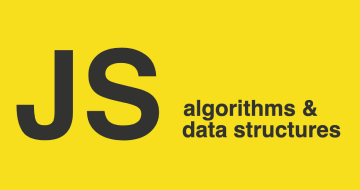
JavaScript Data Structures & Algorithms + LEETCODE Exercises
Related JavaScript Courses
Frequently Asked Questions
LEETCODE exercises provide practical application, which helps to apply theoretical concepts better and develop problem-solving skills.
Absolutely! The course focuses on the DSA, which is most commonly asked in coding interviews; thus, it is a good preparation.
Essential JavaScript is only suggested, but the course provides a complete review of fundamental concepts.
Yes, visual learners benefit from using animated examples because they have a more dynamic and interactive nature that allows for understanding complex concepts quickly.
Different difficulty levels on LEETCODE are covered in the course, and learners can be prepared to learn different coding skills.
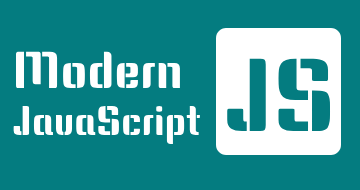
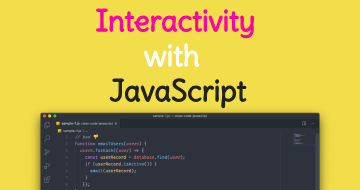
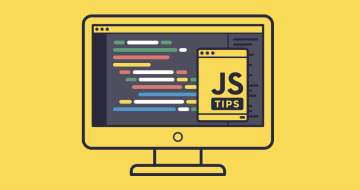
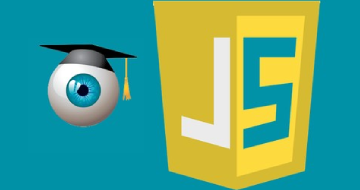
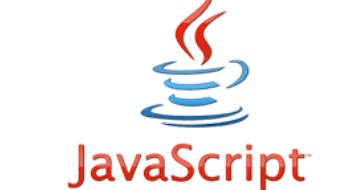
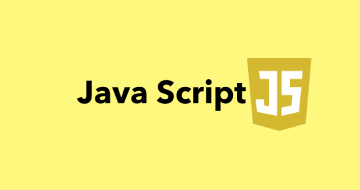
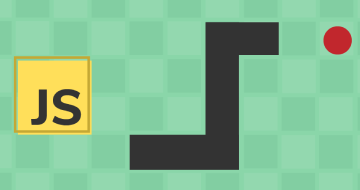
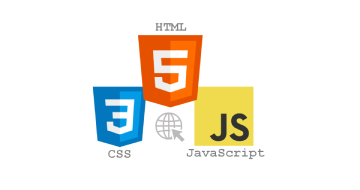
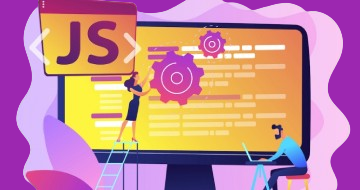

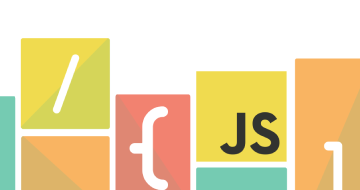

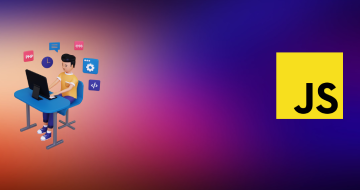
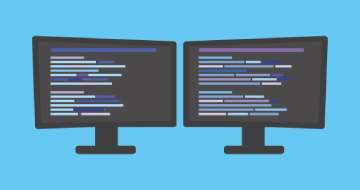
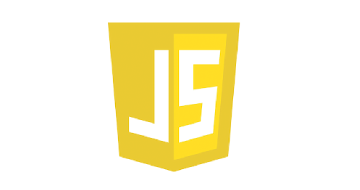

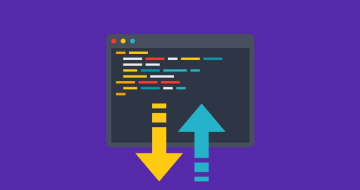
.webp)
